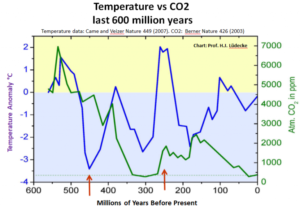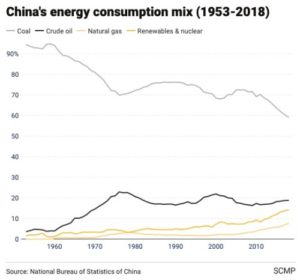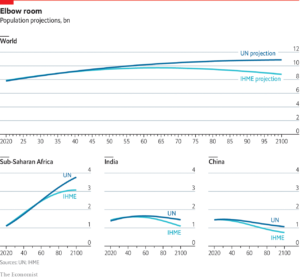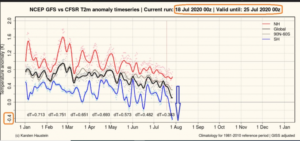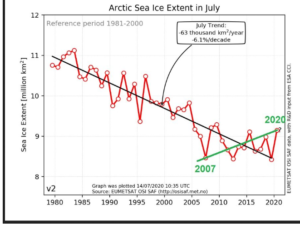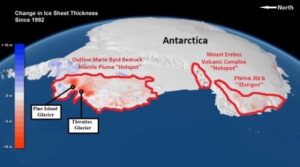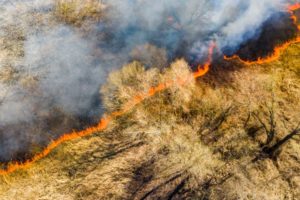by P. Gosselin, July 29, 2020 in NoTricksZone
German climatologist Professor Dr. Horst-Joachim Lüdecke recently took data from two independent studies and superimposed them. The result shows the long claimed atmospheric CO2-global temperature correlation doesn’t exist.
The first data set was global temperature anomaly going back 600 million years, taken from the results of a paper by Came and Veizer, appearing in Nature (2007) and plotted below (blue):
The second data set was of atmospheric CO2 going back 600 million years, taken from a published study by Berner (2003), also appearing in Nature. These data are plotted in the above chart in blue.
No correlation
The plots were combined in the above chart to see how well they correlated, if at all. The result: no correlation.
For example, as the chart shows, 150 million years ago the atmospheric CO2 concentration was over 2000 ppm, which is 5 times today’s atmospheric concentration of 410 ppm – a level that some climate scientists say is already “dangerously high”. Yet, the global temperature 150 million years ago was more than 2°C below the long-term mean.
450 million years ago the relationship was even far more on its head: atmospheric CO2 concentrations were more than 10 times today’s level, yet the global temperature was a frigid 3.5°C below the mean!
“There’s no correlation between earth temperature and CO2,” Prof. Lüdecke concludes, observing recorded data.

